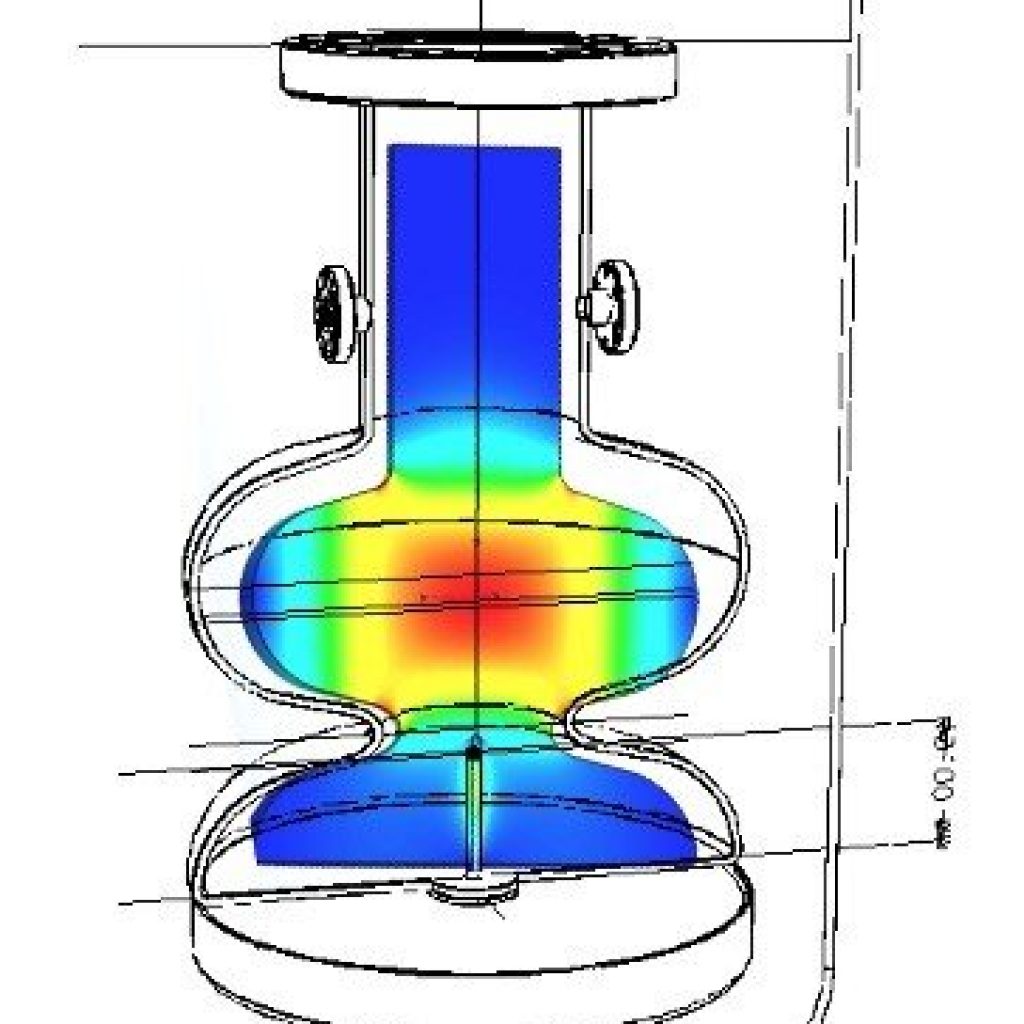For their next trick, the Department of Energy’s Thomas Jefferson National Accelerator Facility will attempt to use their particle accelerator to make qubits. More specifically, the superconducting radiofrequency (SRF) cavity part of the superconductor.
If they can pull it off, the finale could be making the decades-old laser-trapping approach disappear.
It’s inside the SRF cavity that instead of accelerating subatomic particles, researchers at Jefferson Lab propose using its electric field to levitate a particle of metal and then supercooling it into a quantum state.
“No one has ever intentionally suspended a particle in an electric field in a vacuum using SRF cavities,” Drew Weisenberger, a principal investigator on this project, as well as Chief Technology Officer and head of the Radiation Detector and Imaging Group in the Experimental Nuclear Physics Division at Jefferson Lab said.
The team at Jefferson Lab suspects their accelerator’s SRF cavity was already levitating exotic metal nanoparticles, like iron, during normal use, which had the surprise side-effects on the components of the SRF itself., Jefferson Lab explained in their announcement of the idea.
“Storing quantum information on a levitated nanoparticle is our ultimate goal, but for now, it is a proof of principle experiment,” Jefferson Lab’s Pashupati Dhakal, said. “We want to know if we can trap and levitate particles inside the cavity using the electric field.”
Can SRF Electric Field Best Laser Trapping?
The hope is that the electric field approach could improve upon exciting qubits with the tried-and-true laser trapping method. One crucial advantage of the SRF cavity is that its vacuum sealed, making it easier to achieve and maintain the super cold temperatures necessary to keep qubits stable.
The team has worked out all the details on paper and is ready to move onto testing. The trickiest part will be getting the particle in the right spot inside the SRF cavity while its inside a containment vessel, at superconducting temperatures near absolute zero, under vacuum, with the electrical field turned on.
Even Houdini never attempted that.
No matter the outcome the researchers are confident the project will be worth the effort.
“I’m optimistic,” Dhakal said. “Either way, we’ll discover something. Failure is just as much a part of R&D as success. You learn from both. Basically, whether the particle levitates or not, or whether we can impart the quantum state to it or not, it’s something that’s never been done before. It’s very challenging and exciting.”
Besides, when you’ve got a particle accelerator just sitting around, might as well see all the different tricks it can do.
